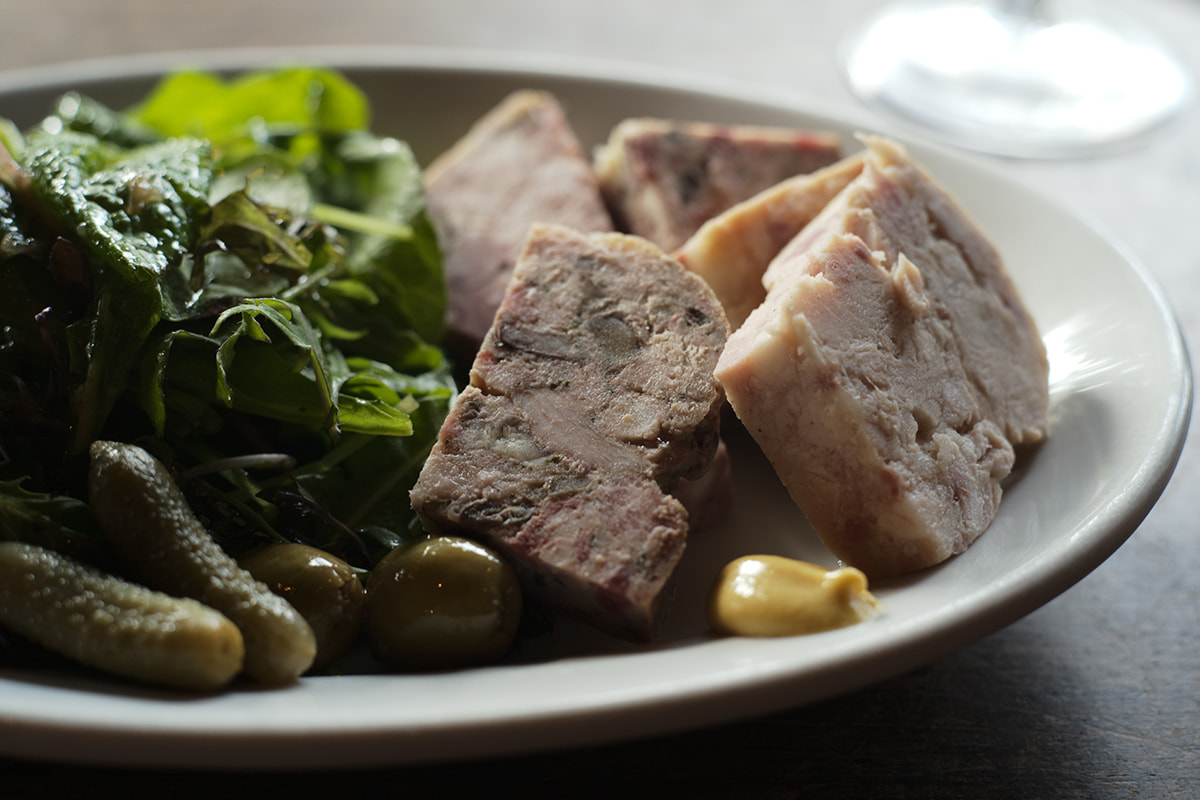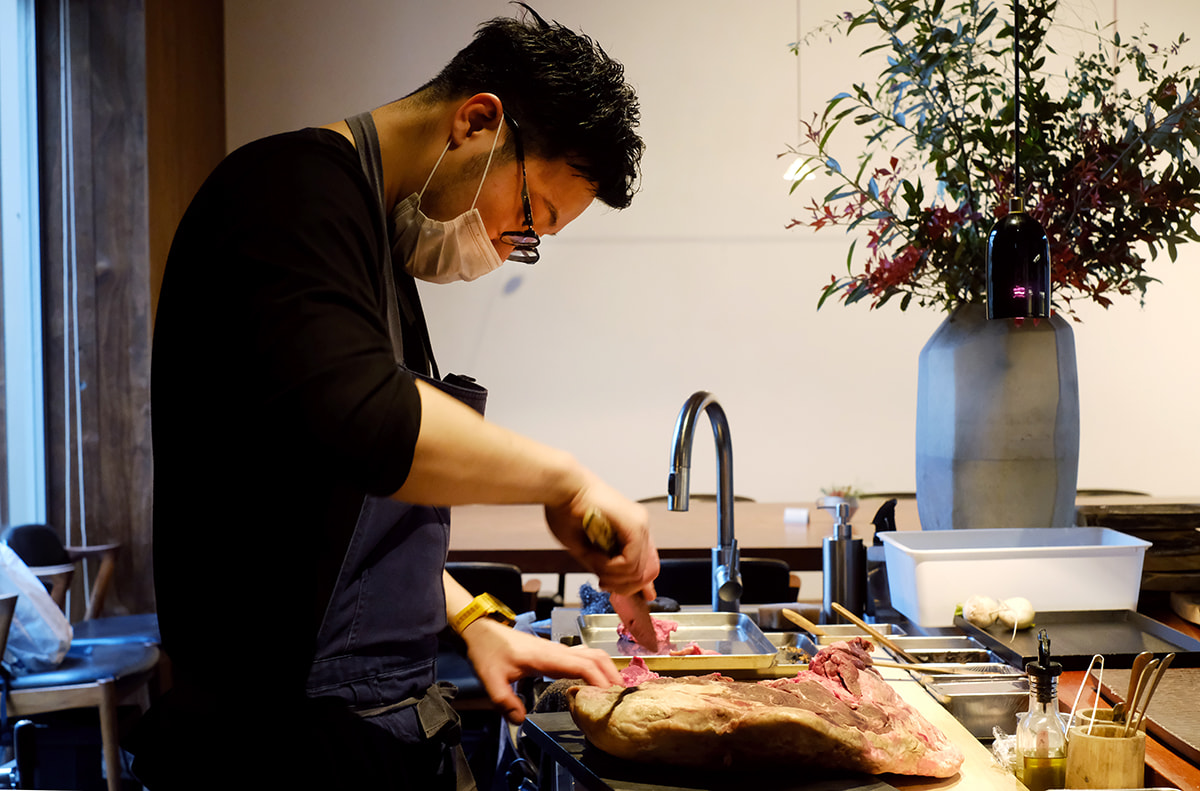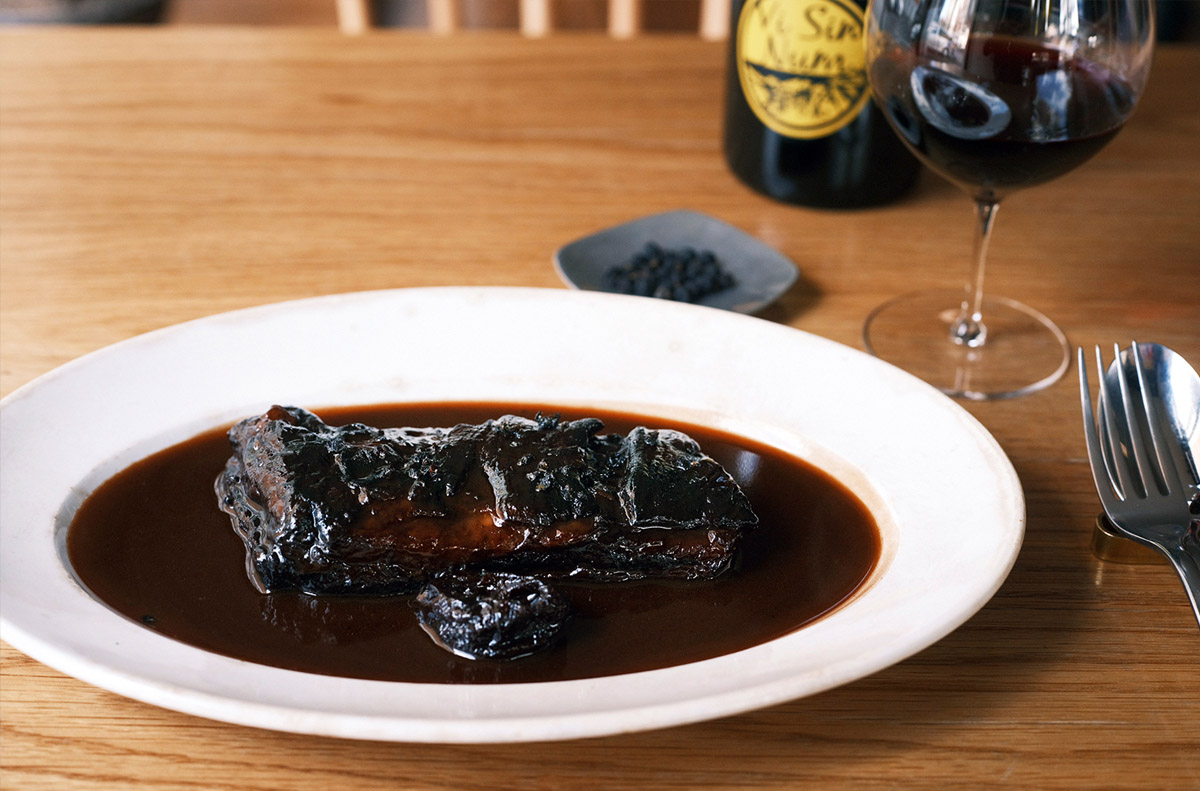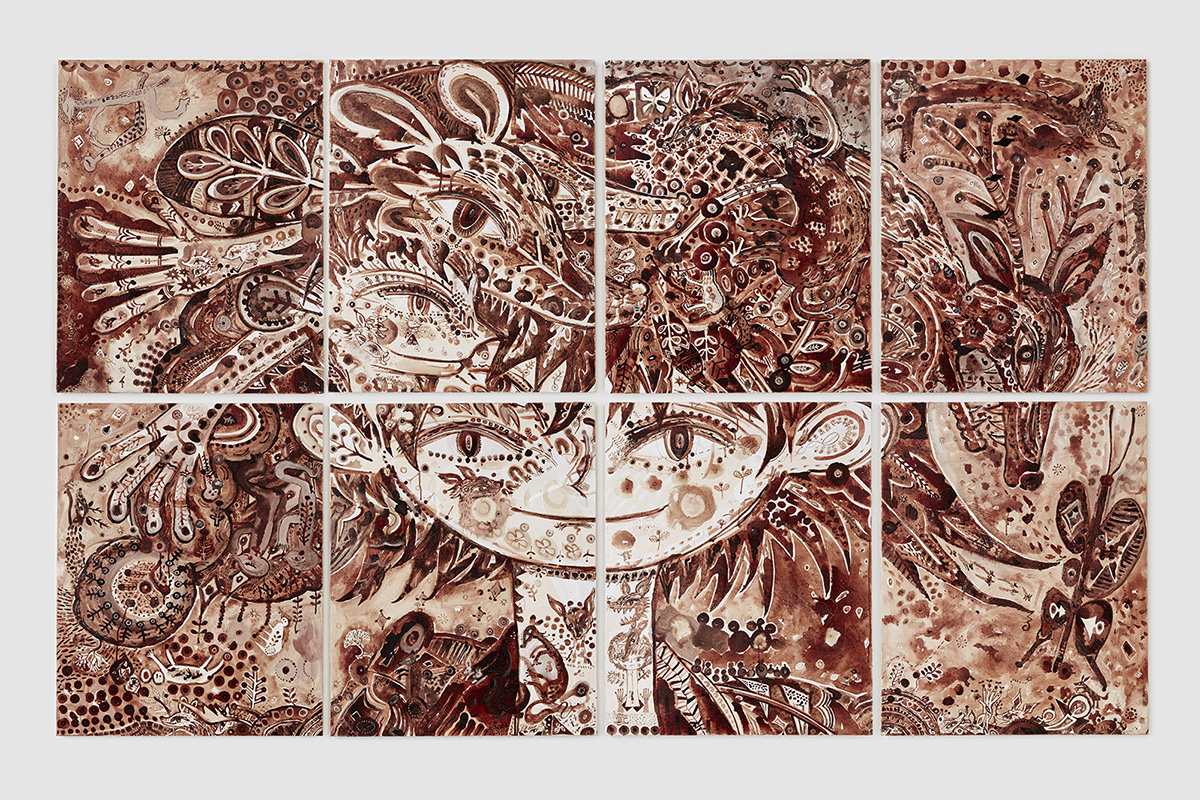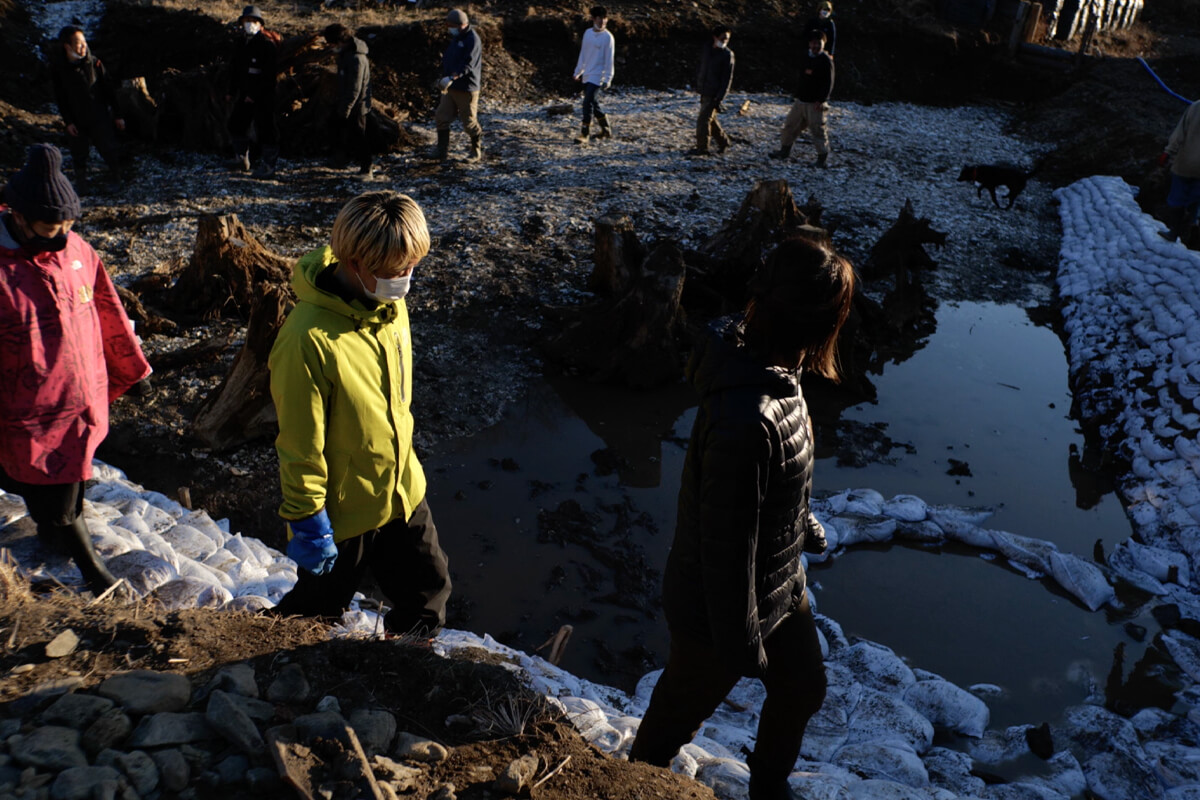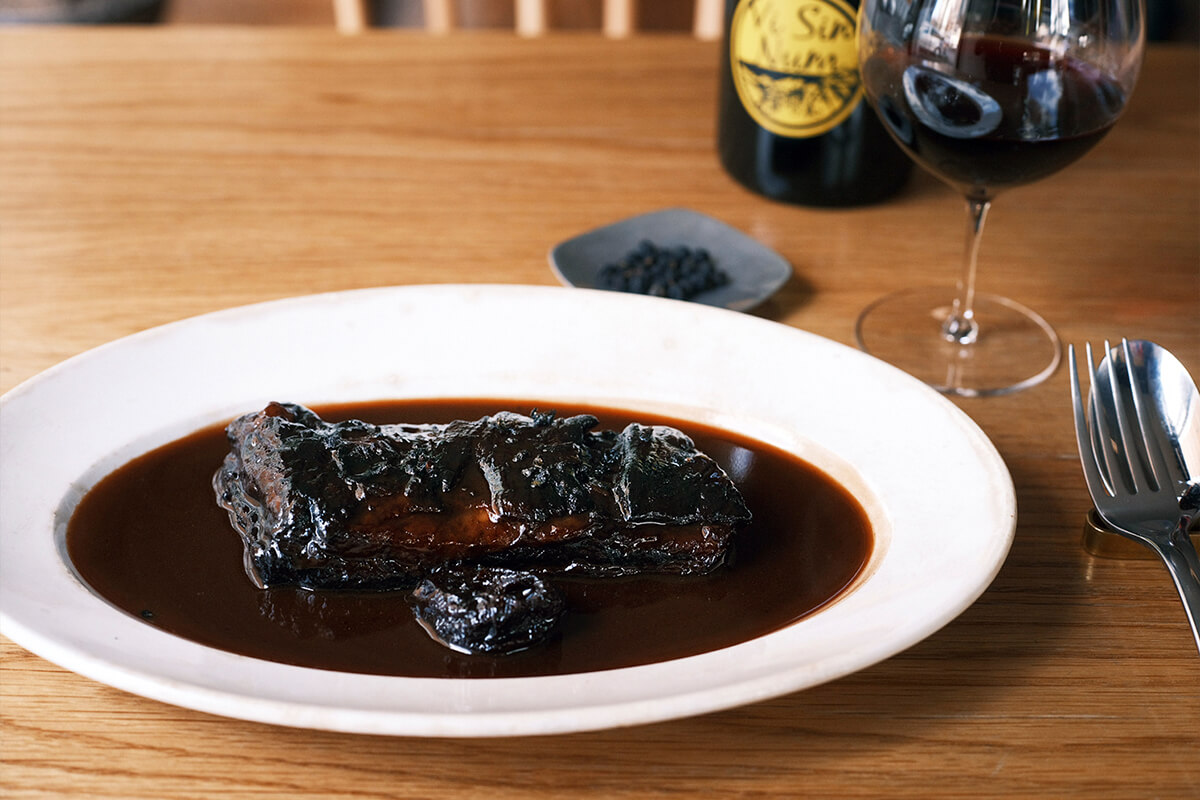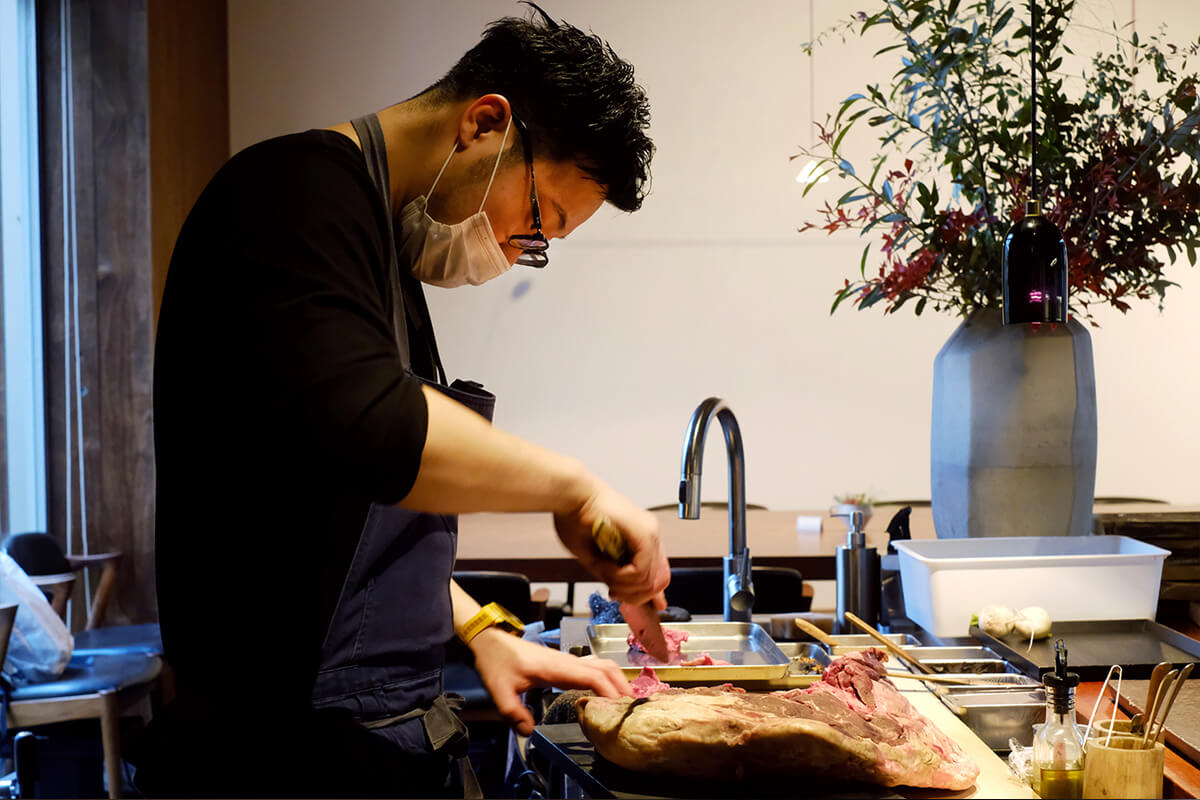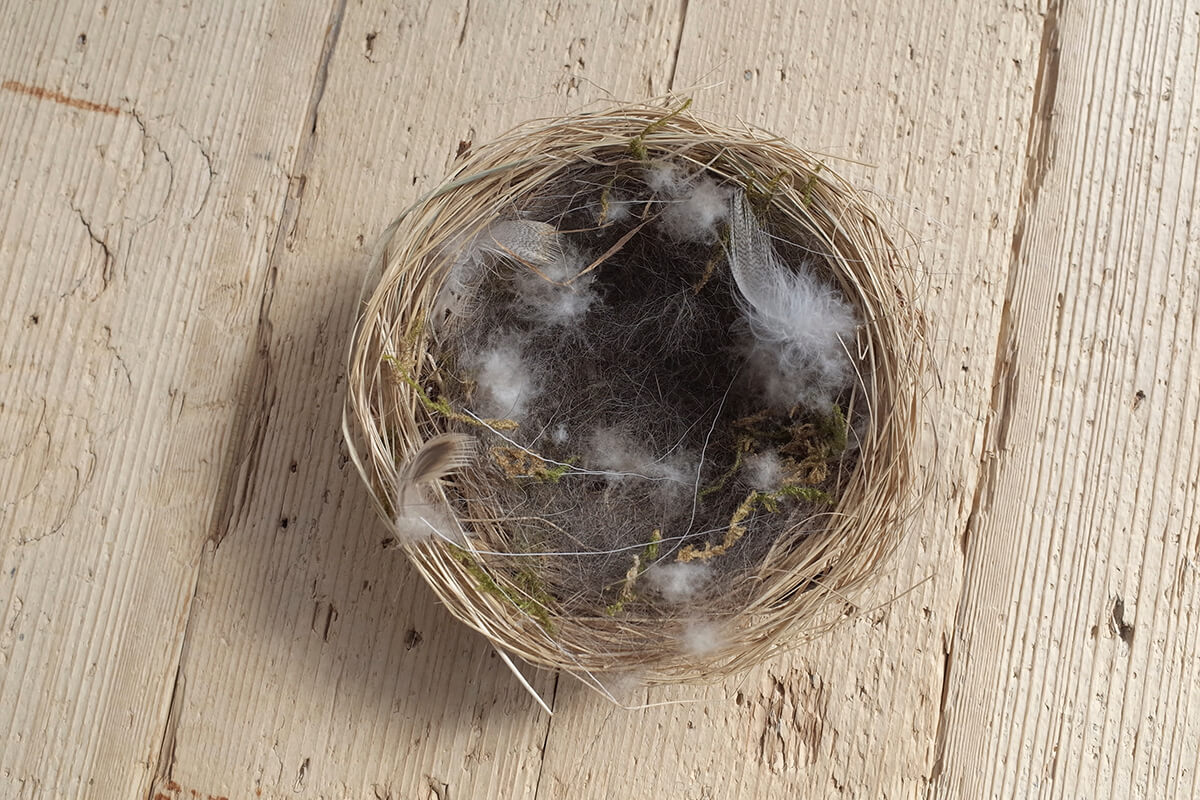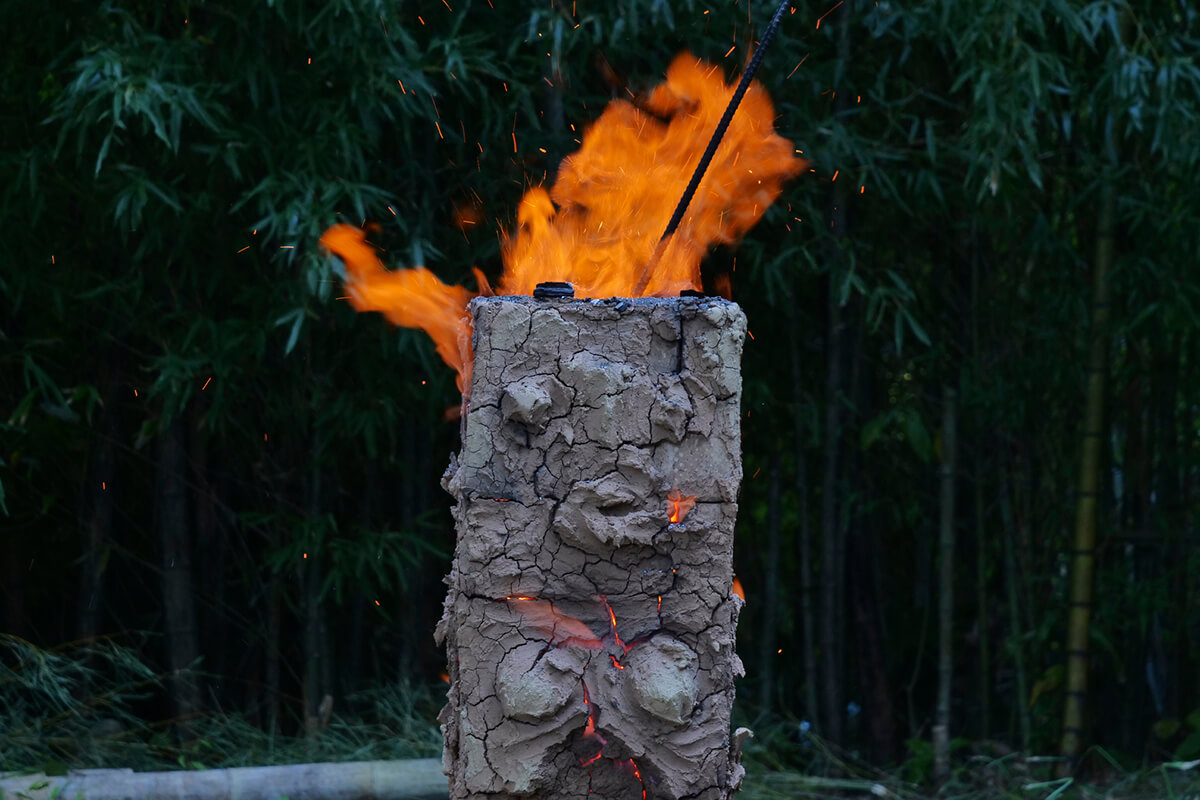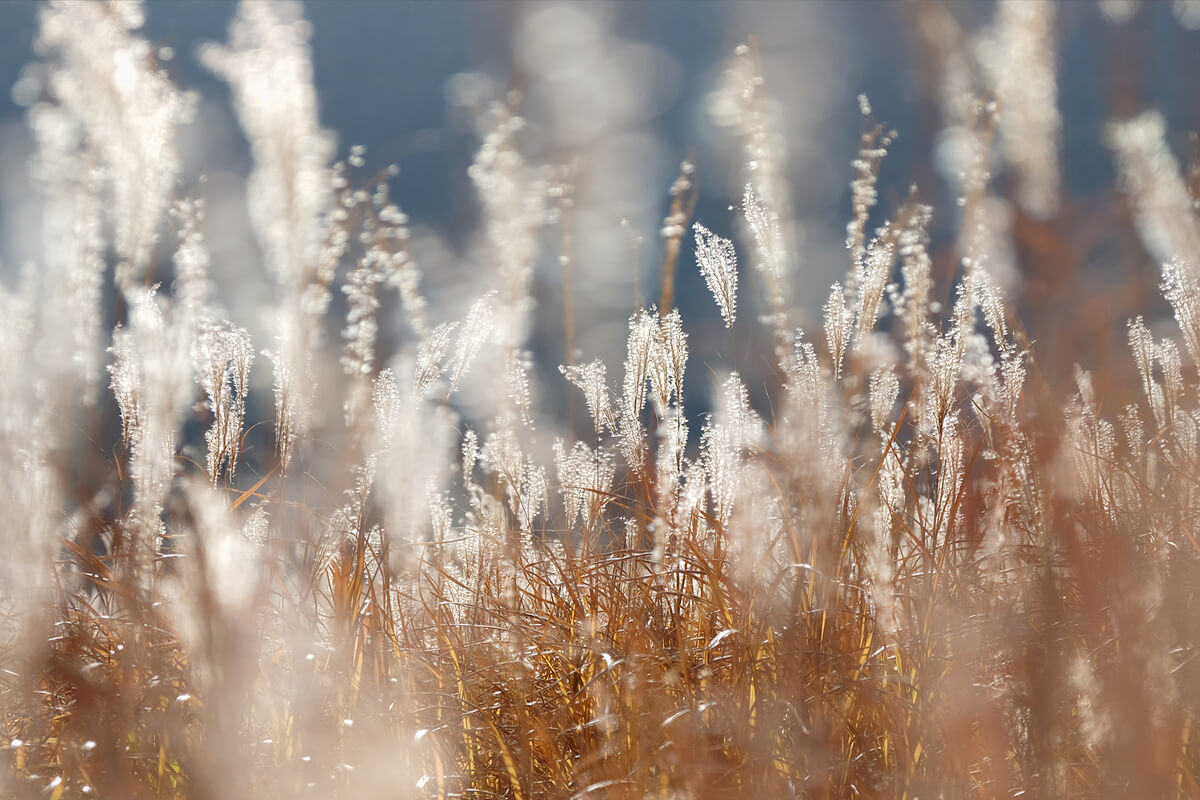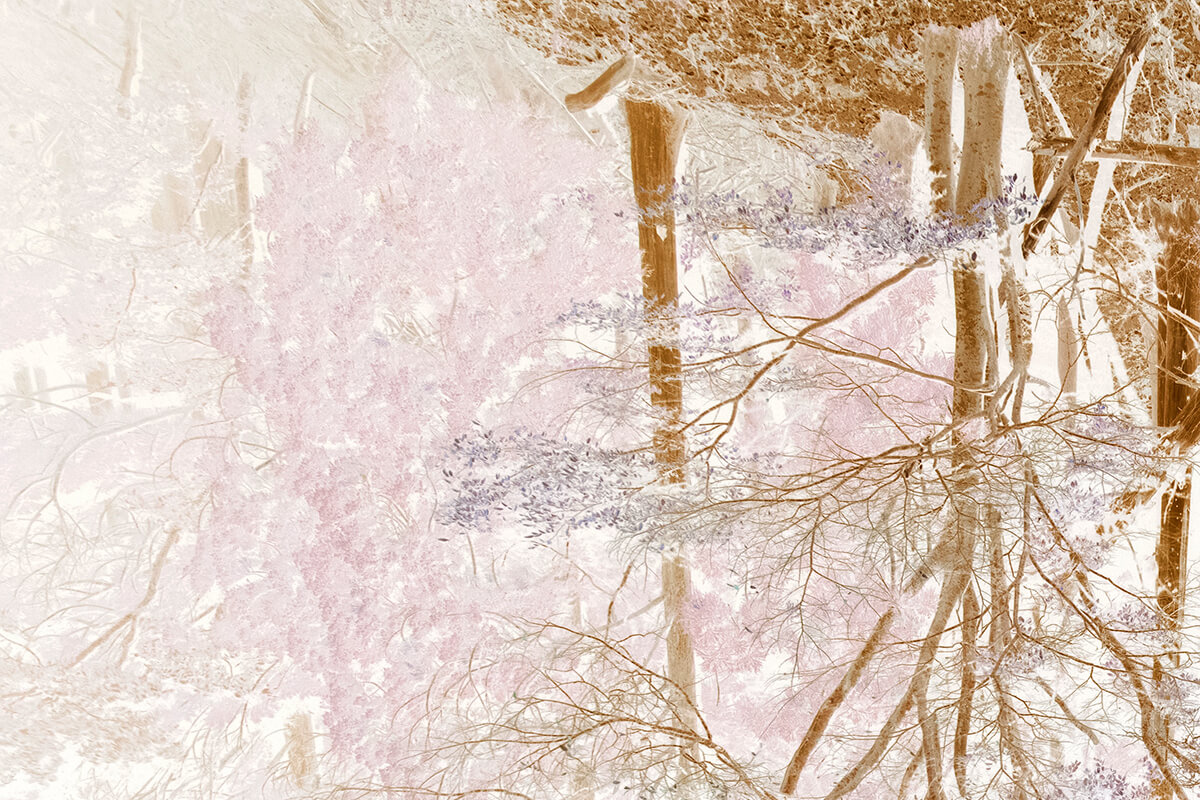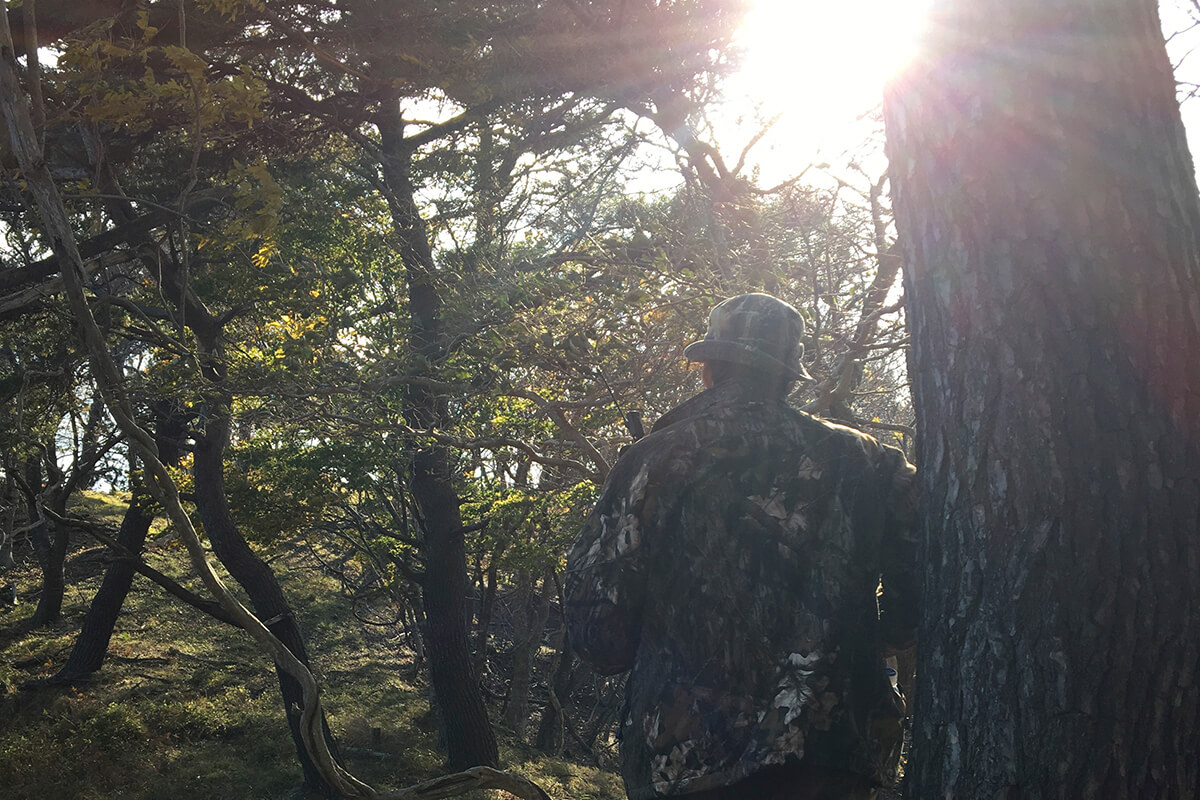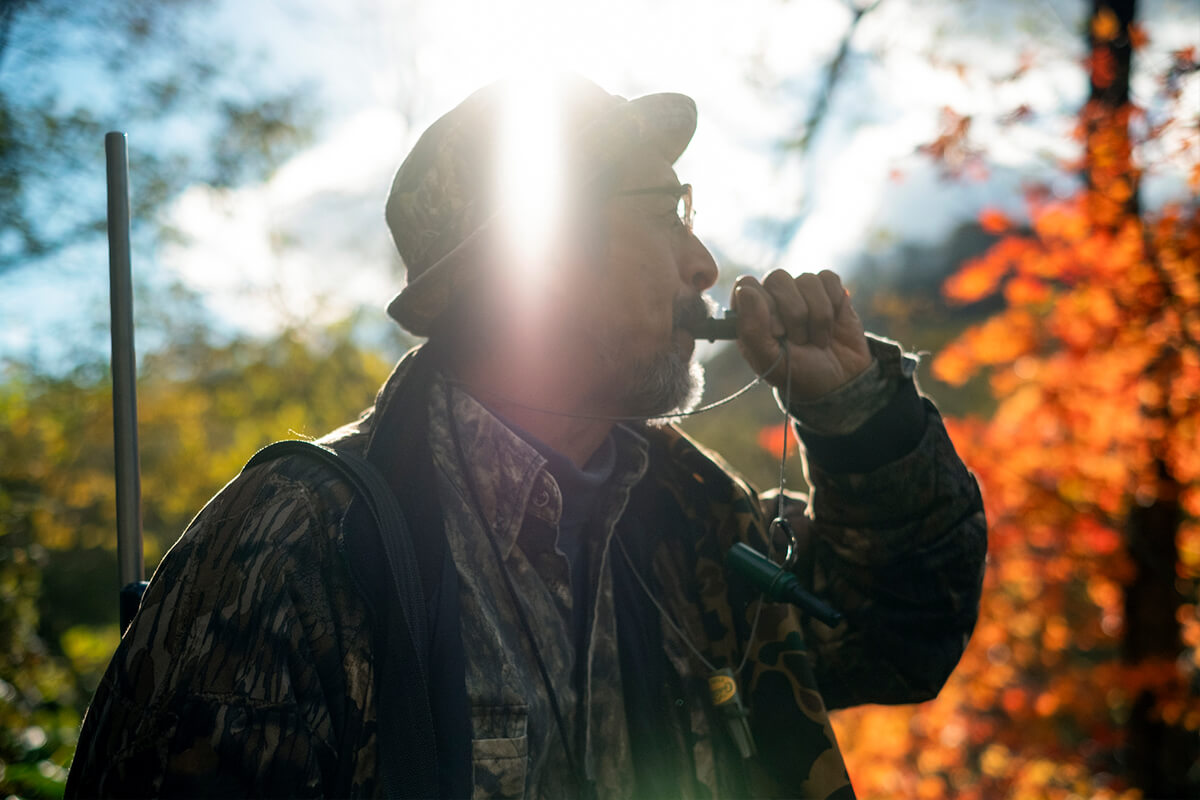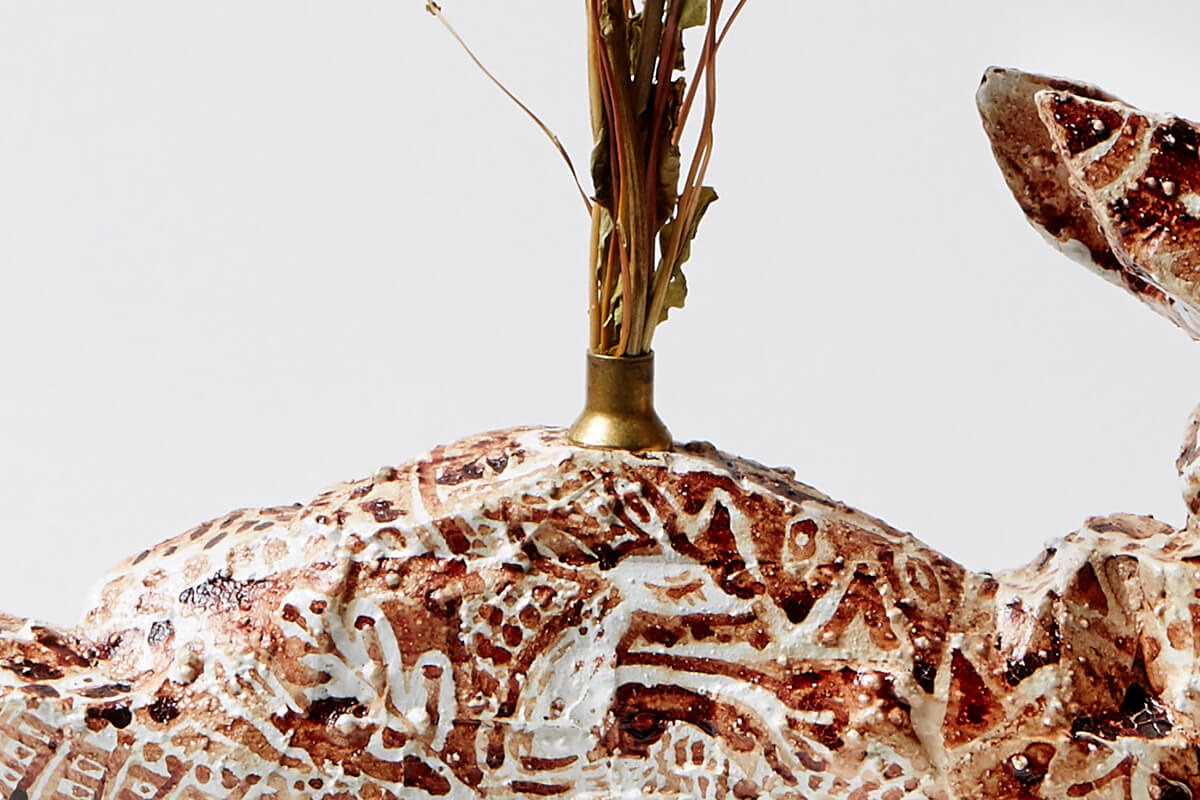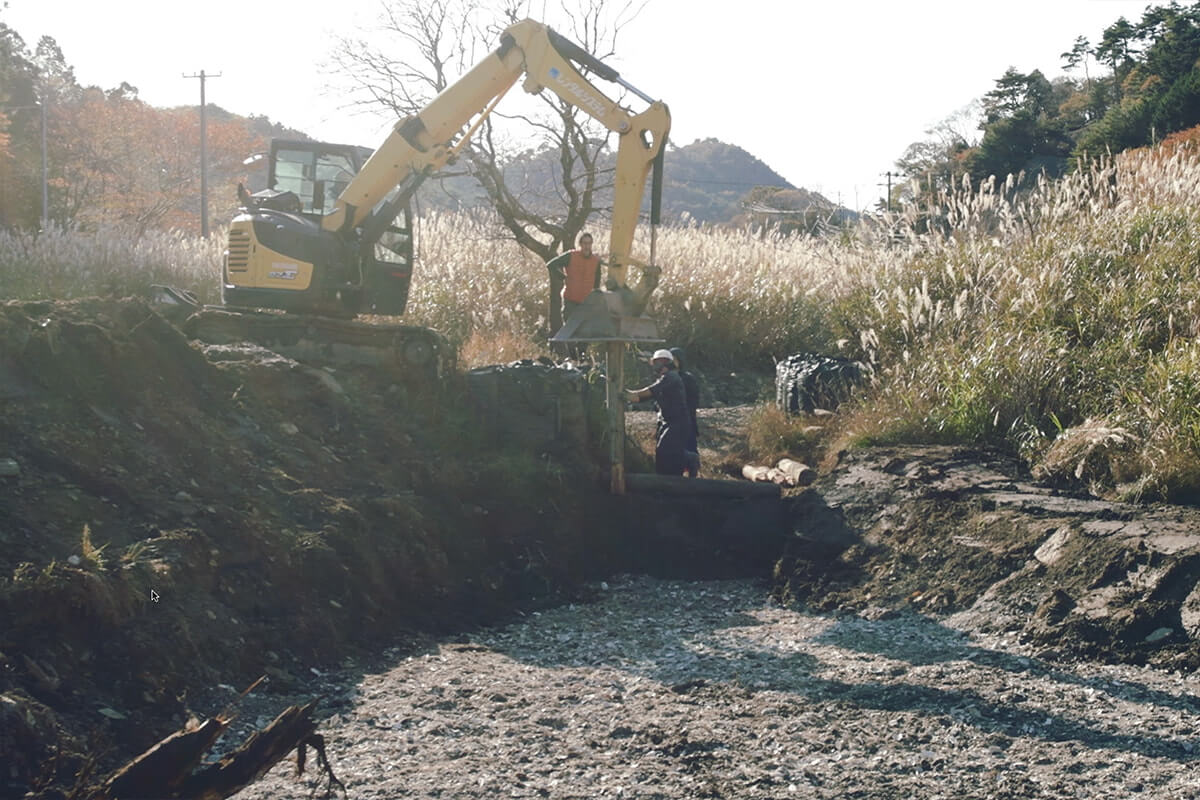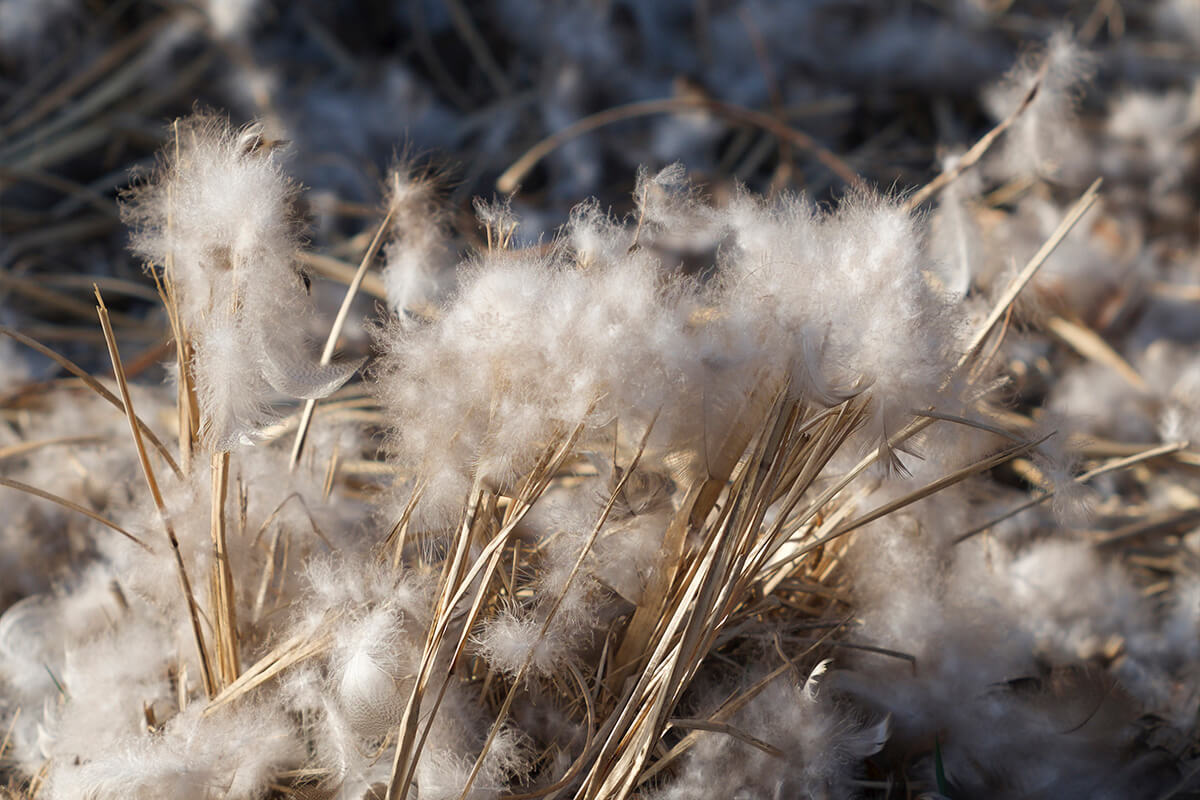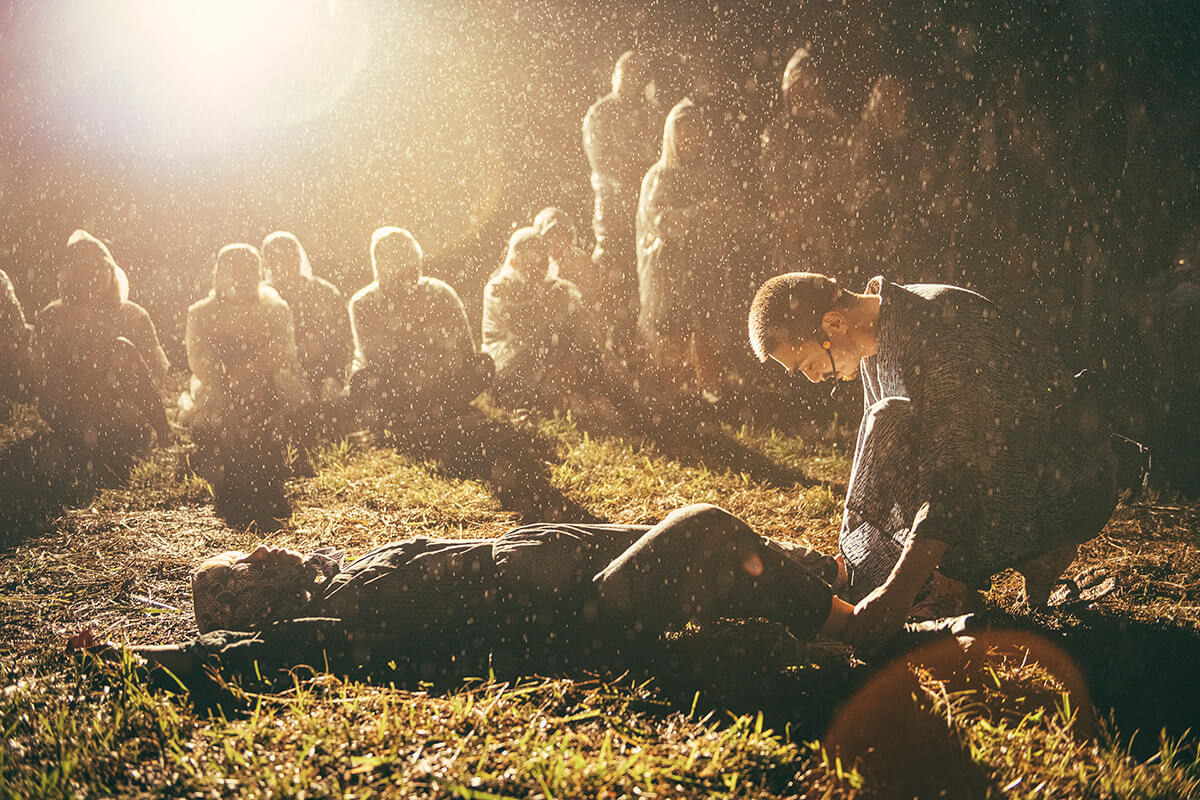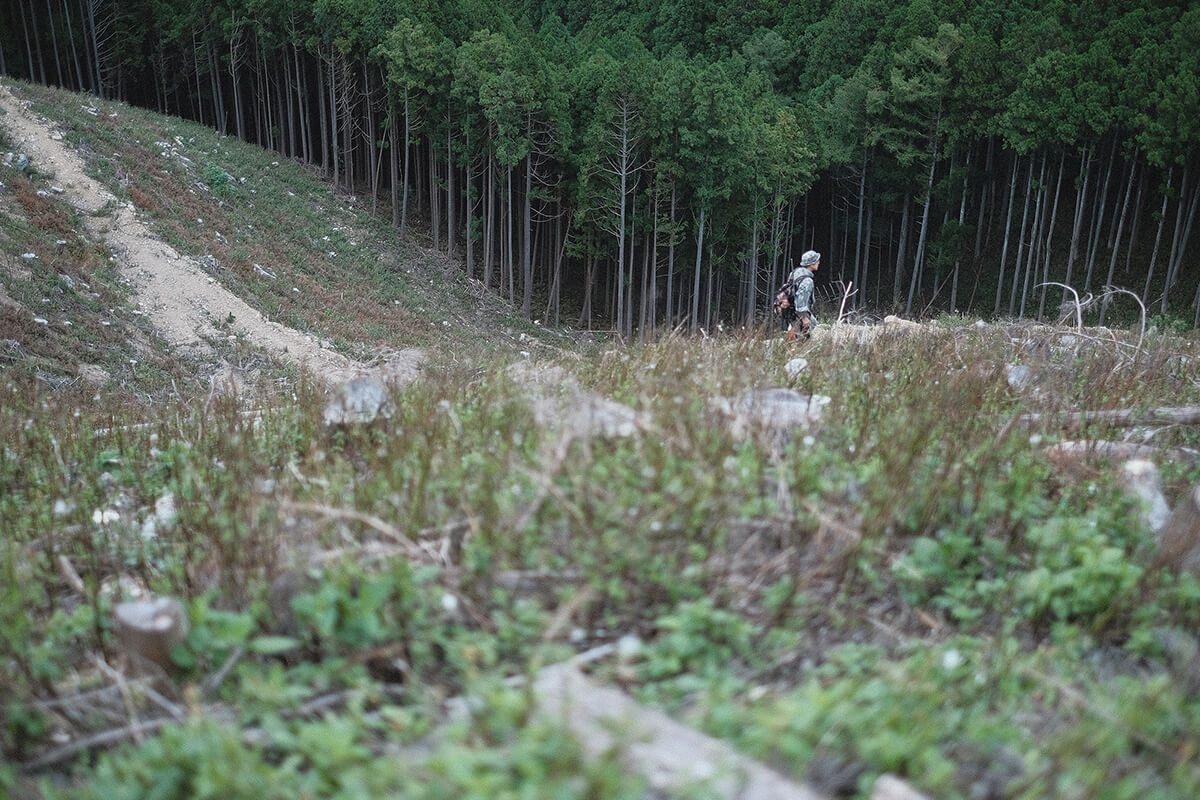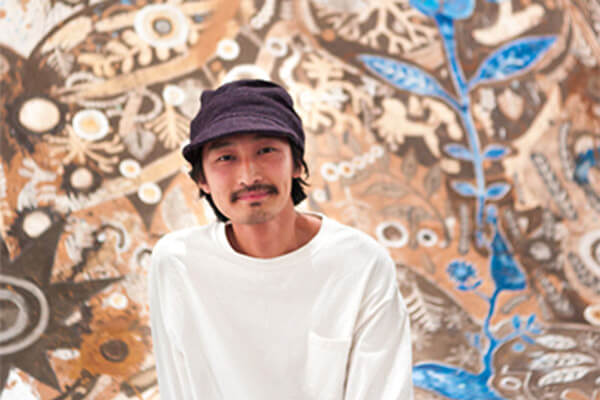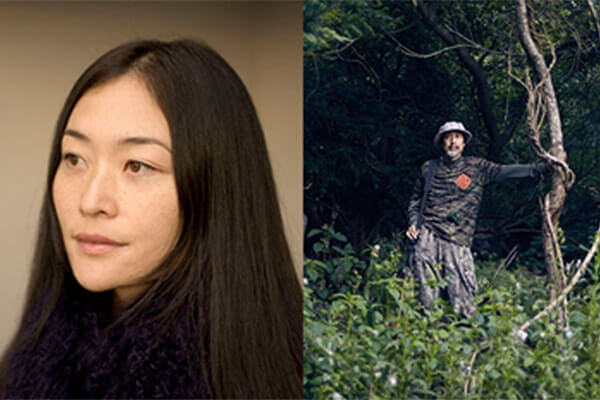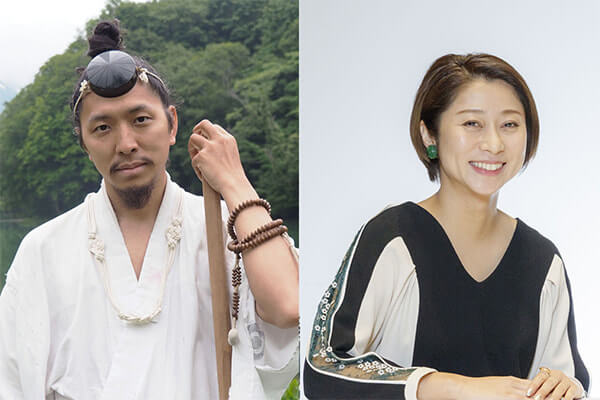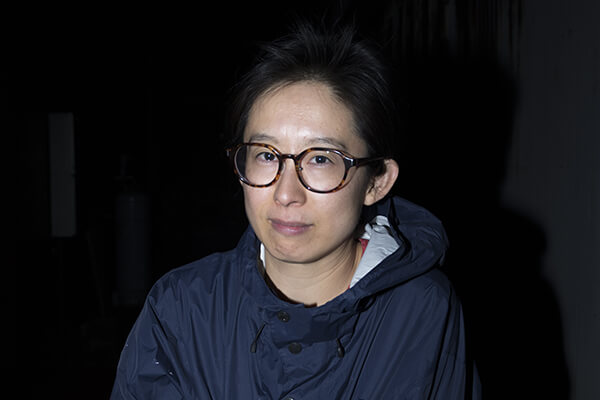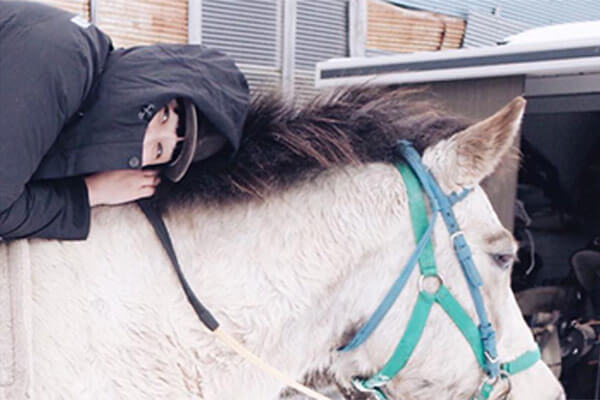
Kazuki Ishimatsu (Chef, Maruta)
YAYOI ARIMOTO + NOZOMU ONODERA
ARTIST
YAYOI ARIMOTO + NOZOMU ONODERA
Autumn Game Call Hunting and Chefs Who Transform Deer Meat.
Part 2 : Kazuki Ishimatsu (Chef, Maruta)
UPDATE:2021.03.26
Maruta is located in a quiet residential area in Chofu, Tokyo. Although the building is far from small, it looks like a stylish house and fits nicely into the local landscape. Behind the restaurant is a spacious vegetable garden, and the vegetables as well as herbs grown there are used in Murata’s cooking. Recently, the number of restaurants in rural areas that cook their own vegetables is increasing, but surely only a few places in areas near central Tokyo cook and serve the vegetables grown in a garden right in front of the restaurant.
What characterizes Maruta’s cuisine is the way it is cooked with firewood. Located immediately before the tables, the open kitchen offers visual accessibility, allowing the diner to see what’s happening during the preparation of the meal, including how the meat is cut and grilled. Watching how the chef Ishimatsu went head to head with fire prior to eating my meal, I felt like I could reset my contemporary everyday mindset. It was also interesting to experience the whole sequence of how the food you eat is prepared and finished. For someone like me who usually cooks over a gas stove in my kitchen, Murata’s style of cooking with firewood burning up in columns of flames was so fascinating that I couldn’t take my eyes off of the chef’s every single move. He said, “To offer dishes that change every day in our kitchen is Maruta’s style, which we hope our customers also recognize.” With the conditions of each ingredient shifting day by day, serving it in its best state is how a chef demonstrates their professional skill. Cooking is indeed a live performance. Nothing produced by nature is exactly the same but is always fluctuating. While cooking and eating are things that we do every single day, they are actually precious aspects of ordinary life that are completely unique each time and never happen exactly the same way twice.
The chef Ishimatsu gazed for some time at the deer leg sent by Onodera and then cut it in one go. As he regularly orders venison from Onodera, he is aware of the condition of the meat that comes each time. “We should be able to get quality cuts from today’s meat,” he said as he started cleanly cutting the meat. Moving the beautiful red meat away from the blazing flames, the chef carefully grilled it at a distance from the charcoal fire. He grilled gradually, turning the meat over many times. According to Ishimatsu, the grilling time, which should be more than forty minutes but less than an hour, is adjusted depending on the size and condition of the venison. Covering the charcoal with a few large sprigs of rosemary newly picked from the garden and putting a lid over the meat on a gridiron for the final stage, he waited a while until the meat was enveloped in a fresh scent.
“Please cut off pieces of the meat from the sides. Bon appétit,” said Ishimatsu. The surface of the grilled meat was golden brown, but when I cut it with my knife, the bright rosy color of the meat appeared, filled with just the right amount of juice. I smelled the faint scents of the firewood and rosemary but without any of the unpleasant odor often associated with venison. Biting into the meat, I could taste the flavor in my mouth of the plants that had nourished the deer. How amazing it was to achieve such a refreshing flavor in roasted meat! Imagining the mountain where I had walked while tracking the deer and Onodera, I ate gratefully. “The epitome of meat.” Truly, this was a dish deserving of such an epithet.



